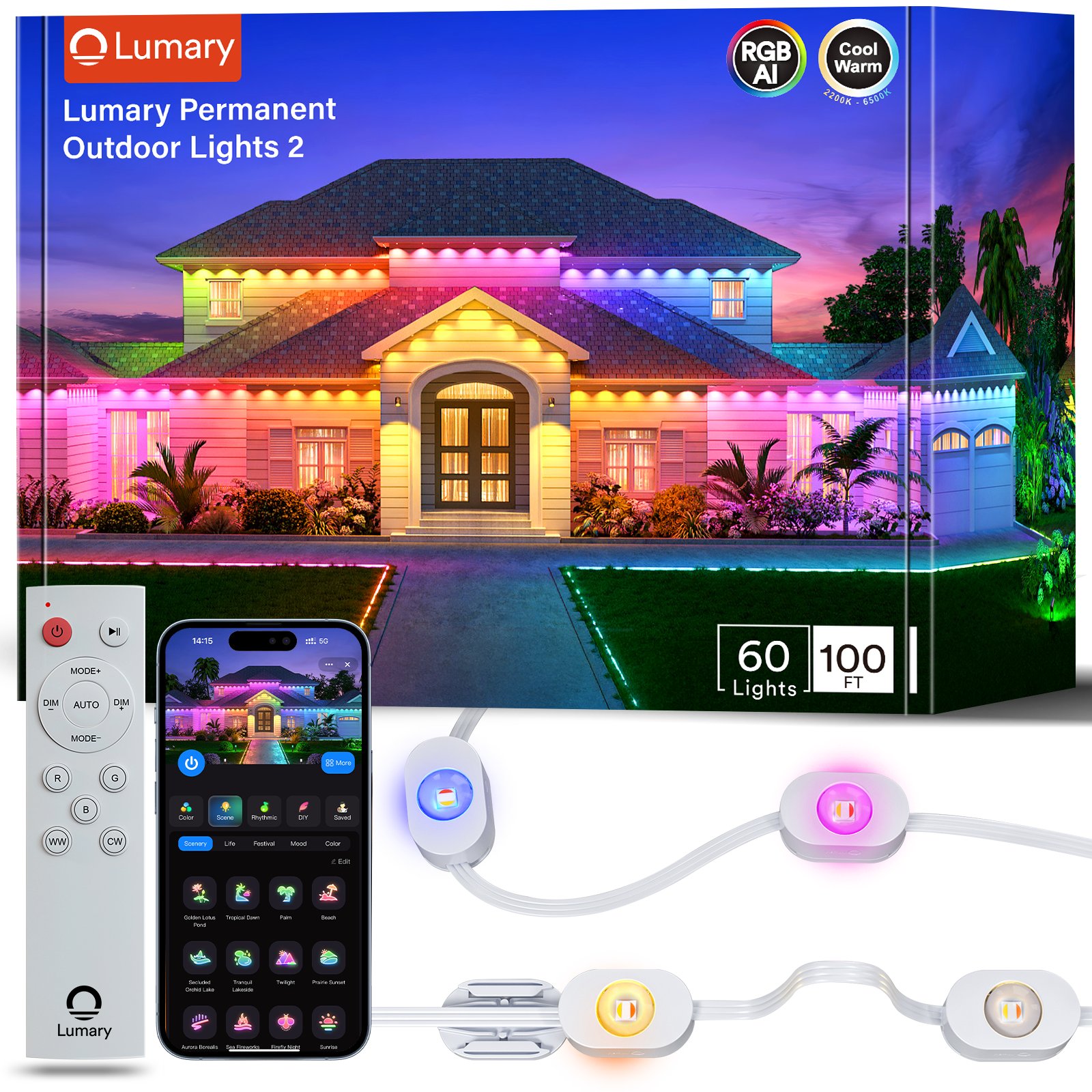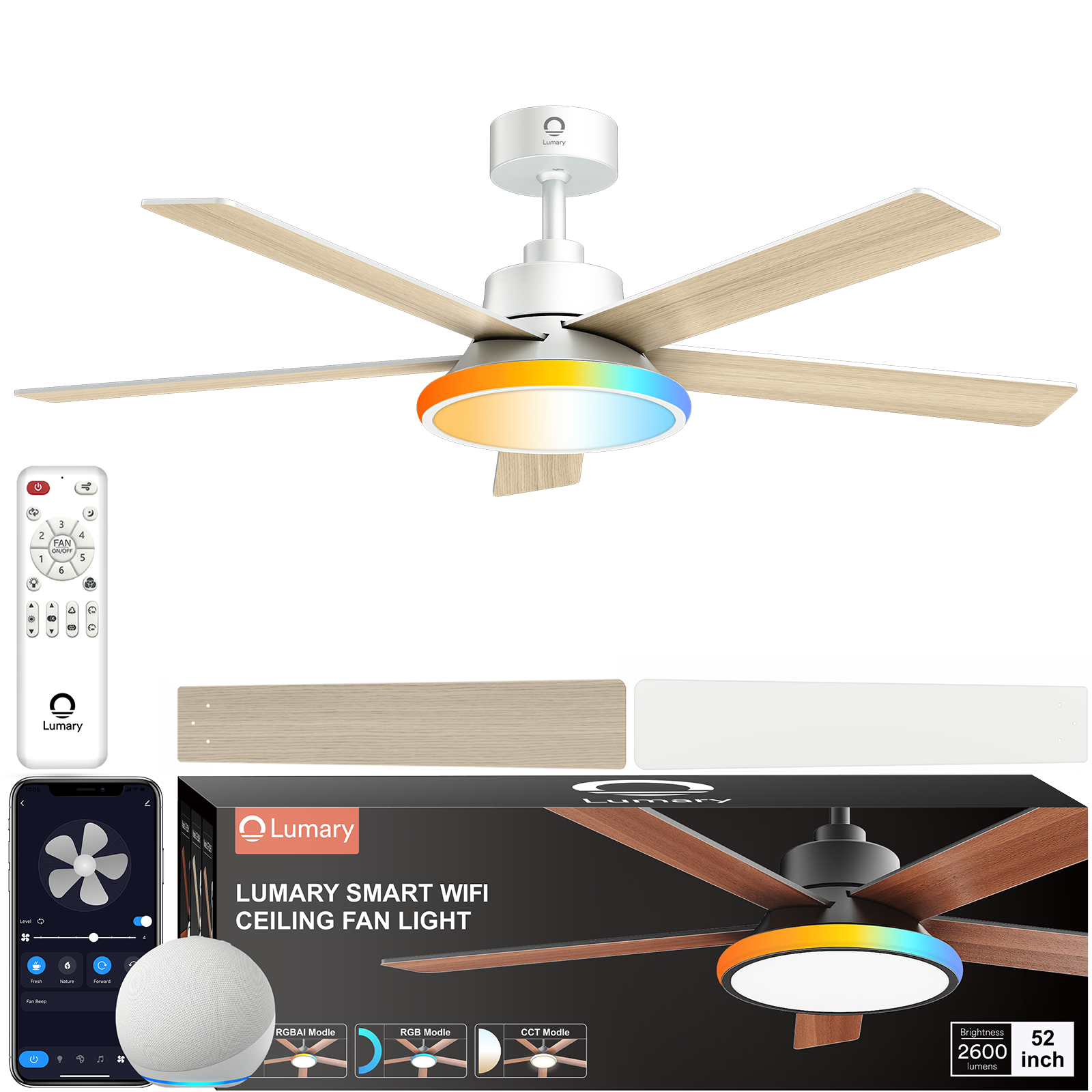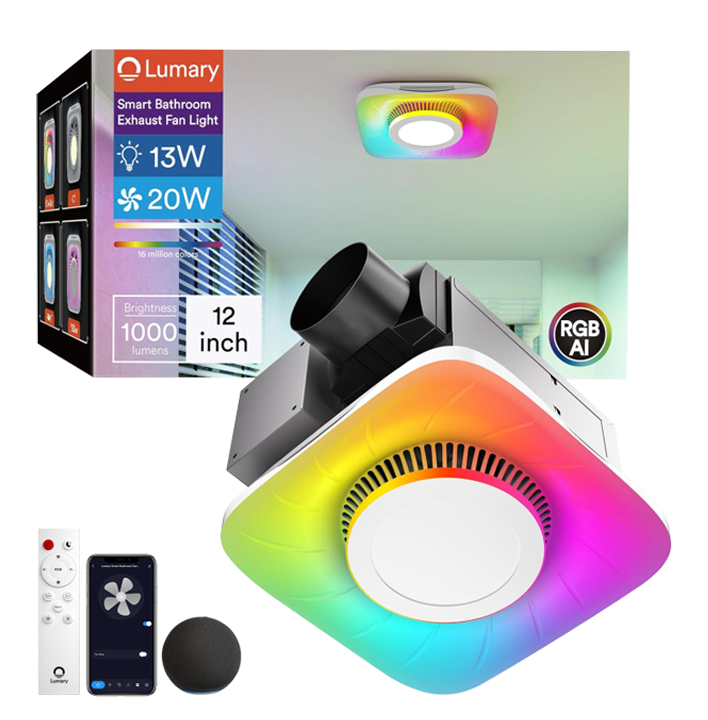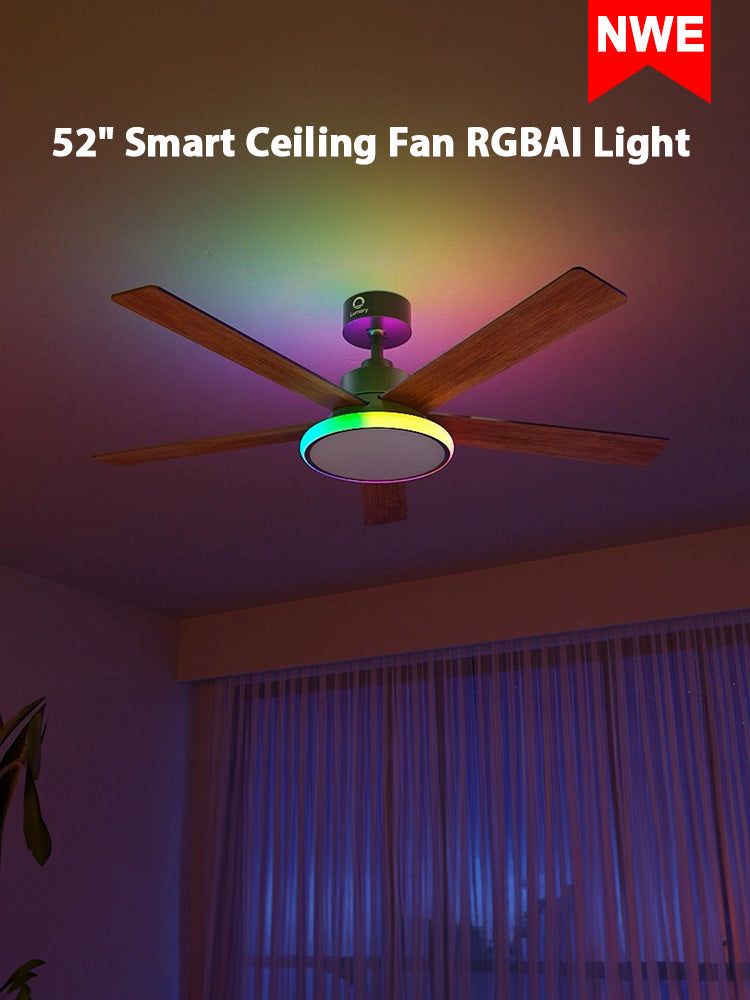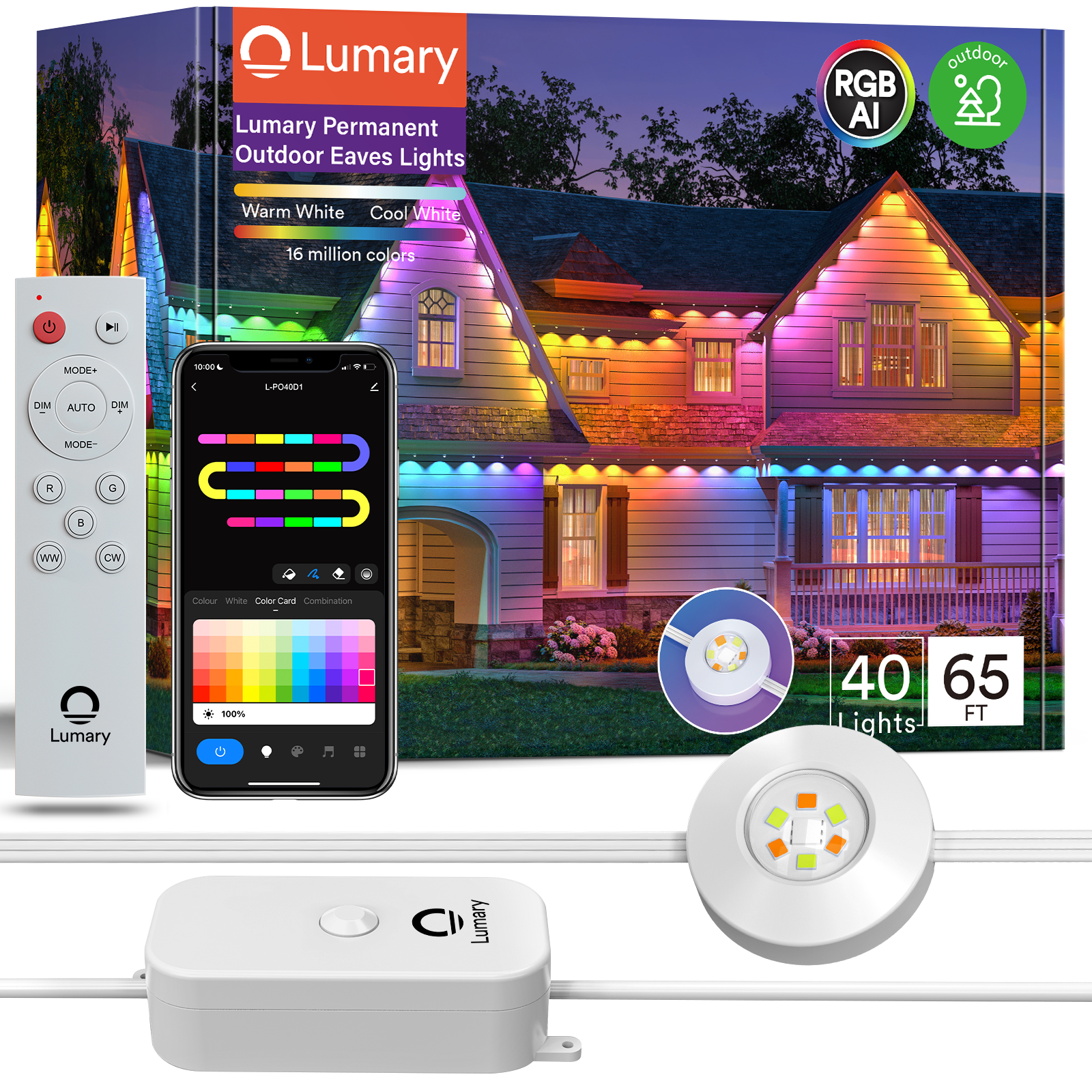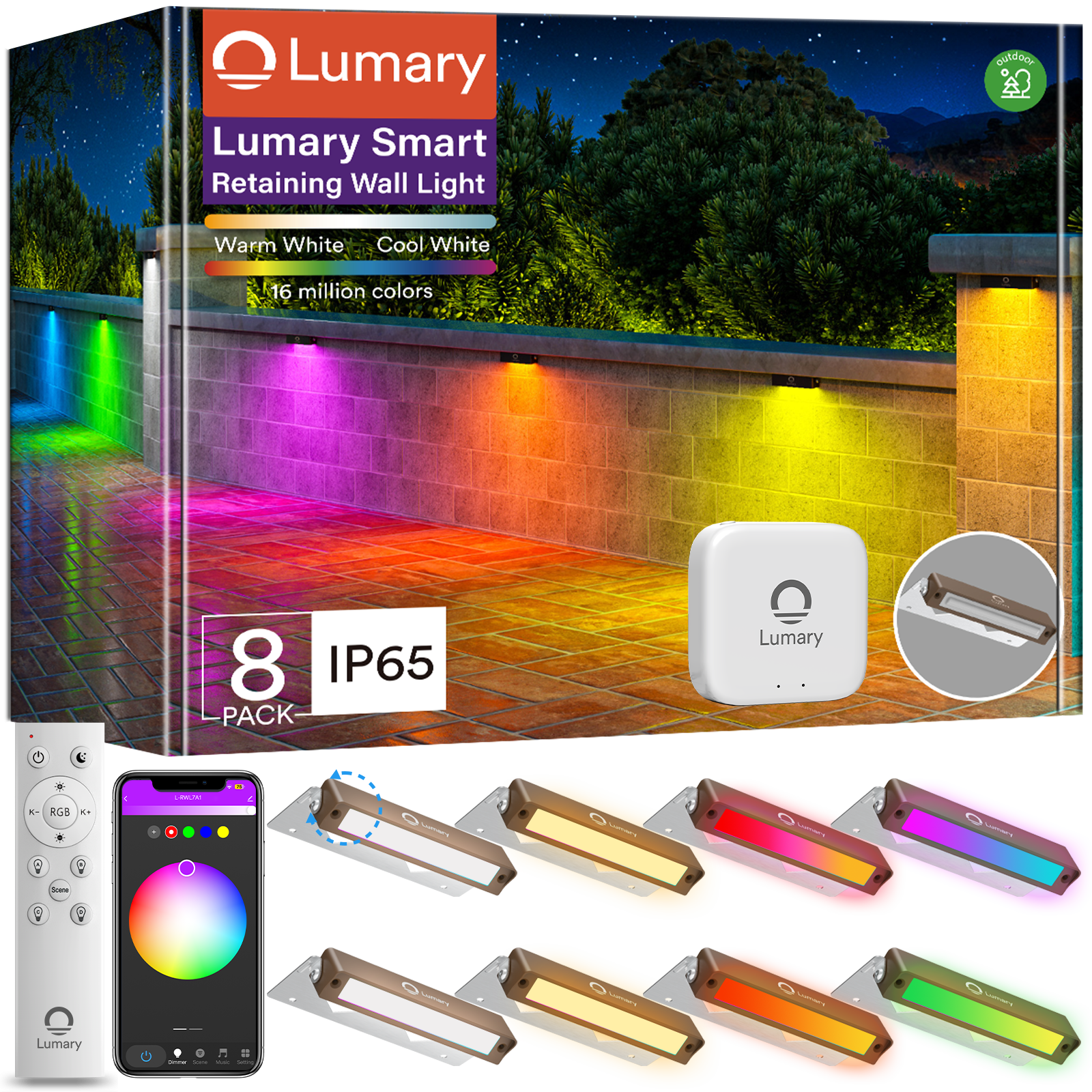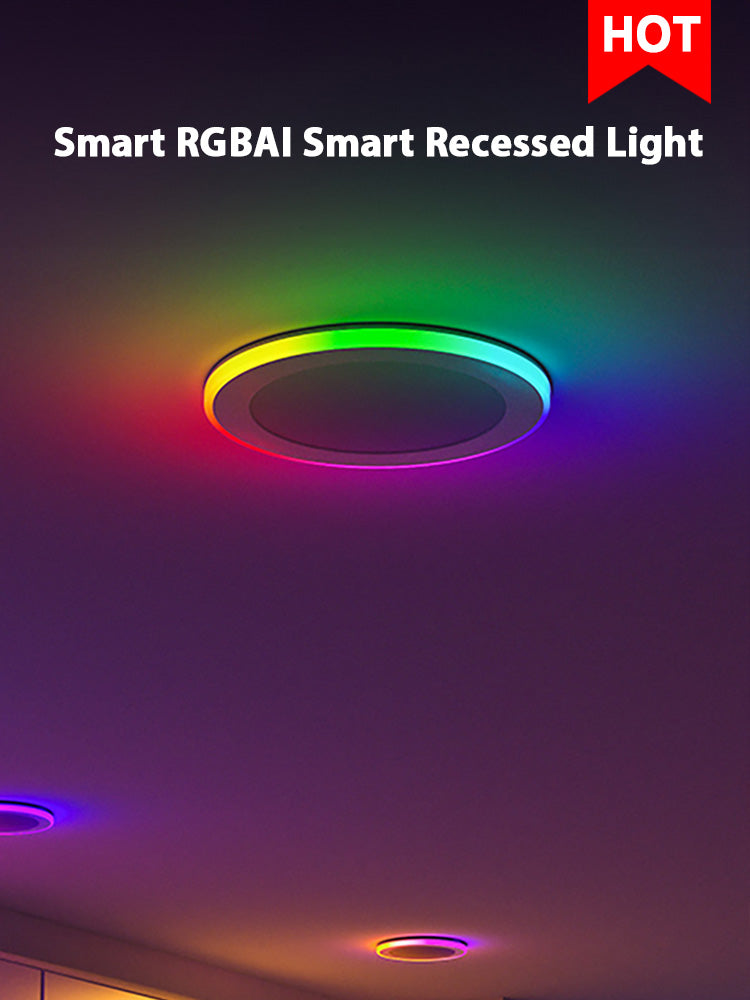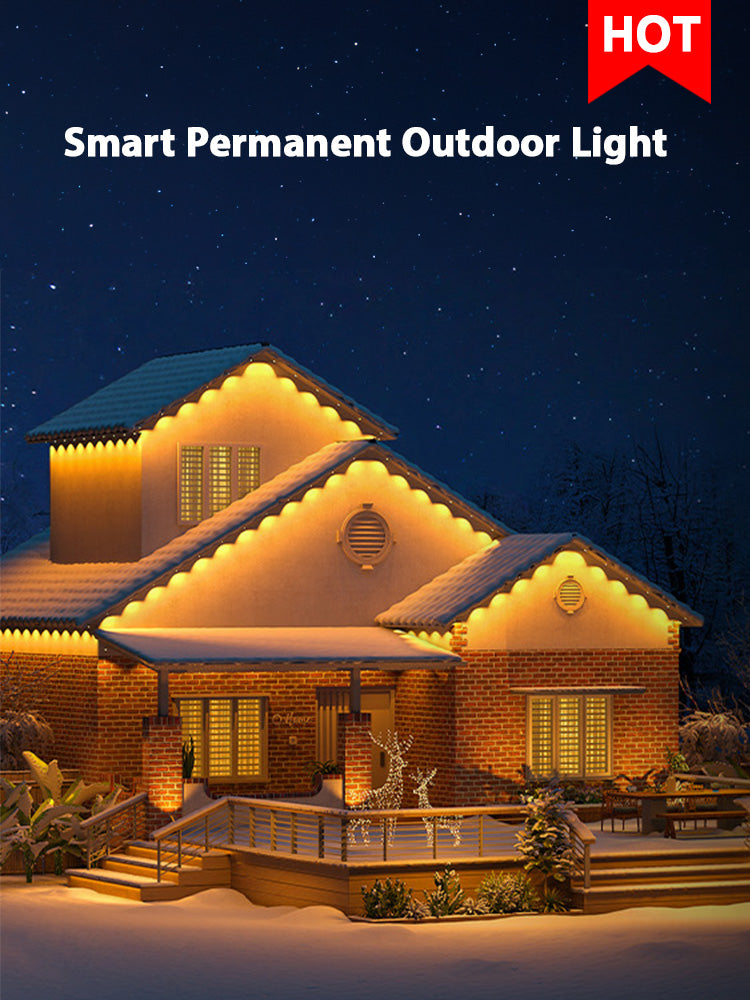Energy efficiency in garden lighting is crucial for both environmental and financial reasons. Lighting accounts for 15% of global energy consumption and contributes to 5% of greenhouse gas emissions. By adopting energy-efficient solutions like LED lighting, you can reduce energy usage by at least 50%, leading to substantial savings on electricity bills. Smart lighting plays a pivotal role in modern gardens, offering customizable and efficient outdoor garden light options that enhance aesthetics while minimizing energy consumption. Embrace these innovations to create a sustainable and visually appealing garden space.
Understanding Energy-Efficient Outdoor Garden Light

What is Energy-Efficient Lighting?
Definition and key characteristics
Energy-efficient lighting refers to lighting solutions that use less electricity to produce the same amount of light as traditional lighting. These lights, such as LED and solar-powered options, convert a higher percentage of electricity into light, minimizing energy waste. You will find that these lights often have a longer lifespan, reducing the need for frequent replacements. This efficiency not only saves energy but also reduces your carbon footprint.
Importance in modern gardening
In modern gardening, energy-efficient lighting plays a crucial role. It allows you to illuminate your garden beautifully without excessive energy consumption. By choosing energy-efficient outdoor garden light options, you contribute to a sustainable environment. These lights help reduce greenhouse gas emissions, which are responsible for global warming. Moreover, they align with the growing trend of eco-friendly gardening practices, ensuring that your garden remains both beautiful and environmentally responsible.
Benefits of Energy-Efficient Lighting
Environmental impact
Switching to energy-efficient outdoor garden light solutions significantly benefits the environment. Traditional lighting contributes to 5% of global greenhouse gas emissions. By using energy-efficient options like LEDs, you can cut down these emissions. LEDs, for example, offer up to 90% energy savings compared to conventional systems. This reduction in energy consumption helps decrease the demand for fossil fuels, leading to a cleaner and healthier planet.
Cost savings
Energy-efficient lighting not only benefits the environment but also your wallet. By reducing energy usage by at least 50%, you can see substantial savings on your electricity bills. The initial investment in energy-efficient outdoor garden light fixtures may be higher, but the long-term savings make it worthwhile. With their extended lifespan, these lights require fewer replacements, further reducing costs over time.
Enhanced garden aesthetics
Beyond environmental and financial benefits, energy-efficient lighting enhances the aesthetics of your garden. These lights offer a range of colors and brightness levels, allowing you to create the perfect ambiance for any occasion. With customizable options, you can highlight specific garden features, making your outdoor space more inviting and visually appealing. Whether you're hosting a gathering or enjoying a quiet evening, energy-efficient outdoor garden light solutions provide the flexibility to set the desired mood.
Types of Energy-Efficient Outdoor Garden Light
Exploring different types of energy-efficient outdoor garden light options can help you create a sustainable and visually appealing garden. Each type offers unique benefits and features that cater to various needs and preferences.
LED Lighting

LED lighting stands out as a popular choice for outdoor garden light solutions due to its efficiency and versatility.
Advantages of LED lights
-
Energy Efficiency: LED lights use up to 80% less energy than traditional bulbs, making them a cost-effective option for your garden.
-
Longevity: With a lifespan of up to 50,000 hours, LED landscape lights provide long-lasting illumination, reducing the need for frequent replacements.
-
Durability: Designed to withstand various weather conditions, LED lights are suitable for year-round outdoor use, ensuring consistent performance.
Best practices for using LEDs in gardens
-
Placement: Strategically place LED lights to highlight key features of your garden, such as pathways, trees, or water features.
-
Color and Brightness: Choose from a range of colors and brightness levels to create the desired ambiance, whether it's for security or entertainment purposes.
-
Maintenance: Regularly clean the fixtures to ensure optimal light output and check for any signs of wear or damage.
Solar-Powered Lighting
Solar-powered lighting offers an eco-friendly solution for outdoor garden light needs, harnessing the power of the sun to illuminate your space.
How solar lighting works
Solar lights absorb sunlight during the day through photovoltaic panels, converting it into electrical energy stored in batteries. At night, this stored energy powers the lights, providing illumination without relying on the electrical grid.
Benefits and limitations
-
Benefits:
-
Eco-Friendly: Solar lights reduce your carbon footprint by utilizing renewable energy.
-
Cost Savings: With no electricity costs, solar lights offer significant savings over time.
-
Easy Installation: Most solar lights require minimal setup, making them a convenient option for any garden.
-
-
Limitations:
-
Sunlight Dependency: Solar lights perform best in areas with ample sunlight, which may limit their effectiveness in shaded or cloudy regions.
-
Battery Life: The performance of solar lights can diminish over time as battery capacity decreases.
-
Low Voltage Lighting
Low voltage lighting provides a safe and efficient way to illuminate your garden, using a transformer to reduce the standard voltage to a safer level.
Overview of low voltage systems
Low voltage systems typically operate at 12 volts, offering a safer alternative to standard voltage lighting. This makes them ideal for outdoor garden light applications where safety is a concern.
Installation tips
-
Transformer Placement: Position the transformer near a power source and ensure it is protected from the elements.
-
Wiring: Use weather-resistant cables and connectors to prevent damage and ensure reliable performance.
-
Fixture Selection: Choose fixtures that complement your garden's design and provide the desired level of illumination.
By understanding the different types of energy-efficient outdoor garden light options, you can make informed decisions that enhance your garden's beauty while promoting sustainability.
Smart Tips for Implementing Energy-Efficient Lighting
Planning Your Garden Lighting
Assessing your garden's lighting needs
To begin, evaluate your garden's specific lighting requirements. Identify areas that need illumination, such as pathways, patios, or focal points like sculptures and water features. Consider the purpose of each light—whether for safety, ambiance, or highlighting specific elements. By understanding your garden's unique needs, you can create a tailored lighting plan that maximizes efficiency and effectiveness.
Designing an efficient lighting layout
Designing an efficient lighting layout involves strategic placement of fixtures to achieve optimal coverage with minimal energy use. Use a mix of direct and indirect lighting to create depth and interest. Position lights to avoid unnecessary overlap and reduce glare. Incorporate energy-efficient options like LED or solar-powered lights to enhance sustainability. A well-thought-out layout not only conserves energy but also enhances the overall aesthetics of your garden.
Choosing the Right Lighting Fixtures
Factors to consider when selecting fixtures
When selecting lighting fixtures, consider factors such as durability, energy efficiency, and compatibility with your garden's design. Opt for fixtures made from weather-resistant materials to withstand outdoor conditions. Choose energy-efficient options like LEDs, which offer long lifespans and reduced energy consumption. Ensure the fixtures complement your garden's style and provide the desired level of illumination.
Recommended energy-efficient fixtures
For energy-efficient garden lighting, consider using:
-
LED Lights: Known for their longevity and low energy use, LEDs are ideal for various garden applications.
-
Solar-Powered Lights: These lights harness sunlight, offering an eco-friendly and cost-effective solution.
-
Low Voltage Lights: Safe and efficient, these lights provide ample illumination without high energy costs.
By choosing the right fixtures, you can achieve a balance between functionality, aesthetics, and energy conservation.
Maintenance and Optimization
Regular maintenance tips
Regular maintenance ensures your garden lighting remains efficient and effective. Clean fixtures periodically to remove dirt and debris that can obstruct light output. Check for damaged or malfunctioning lights and replace them promptly. Inspect wiring and connections to prevent potential hazards. Consistent maintenance prolongs the lifespan of your lighting system and maintains its performance.
Optimizing lighting for different seasons
Adjust your garden lighting to suit seasonal changes. In summer, longer daylight hours may require less artificial lighting, while winter months might need more illumination. Use timers or smart controls to automate lighting schedules, ensuring lights operate only when necessary. By optimizing your lighting for different seasons, you enhance energy efficiency and adapt to varying environmental conditions.
Implementing these smart tips for energy-efficient garden lighting not only reduces electricity bills but also contributes to a smaller carbon footprint and environmental conservation. By planning, choosing the right fixtures, and maintaining your system, you create a sustainable and visually appealing garden space.
Energy-efficient garden lighting plays a vital role in reducing electricity consumption and lowering utility bills. By implementing the tips provided, you can create a sustainable and visually appealing garden. Energy-efficient lighting not only conserves energy but also enhances safety and security by deterring criminal activity and reducing accident risks. As you embrace these practices, you contribute to environmental conservation and enjoy the benefits of cost savings. Make thoughtful choices about your outdoor lighting to play a part in conservation efforts while enhancing your garden's beauty and functionality.

